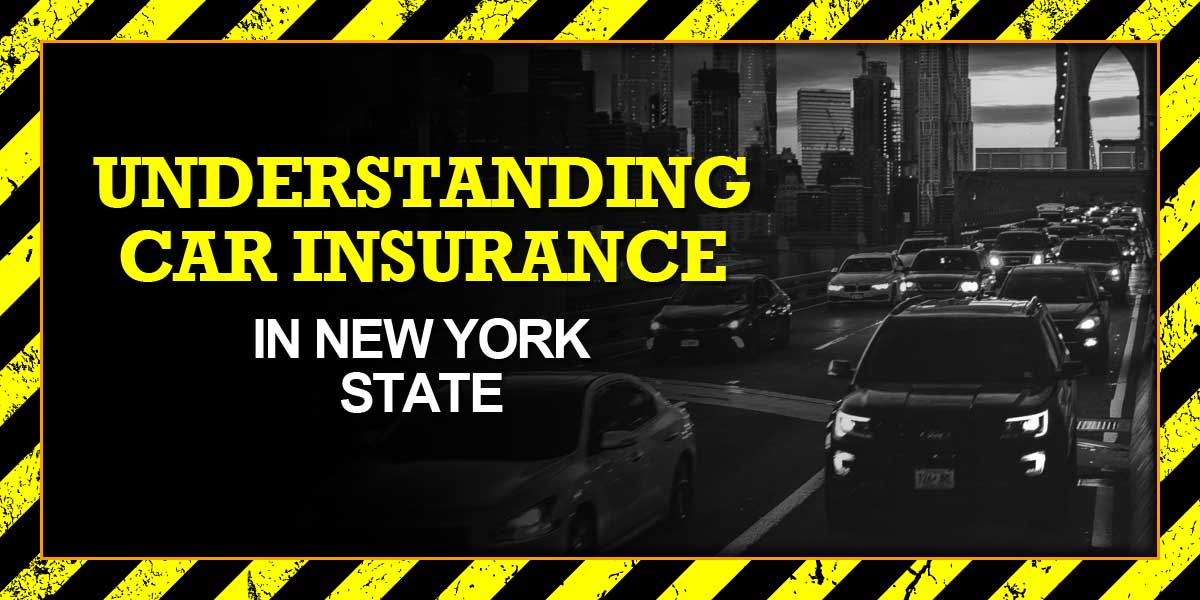Car insurance is not just a legal requirement in New York State; it’s a crucial part of your financial protection strategy when you drive. Here’s an in-depth look at the reasons for car insurance, the coverage provided by different policy levels ($25,000, $50,000, and $100,000), and important concepts such as uninsured and underinsured motorist coverage.
Why You Need Car Insurance in New York State
Car insurance is mandatory in New York for several reasons:
- Legal Requirement: New York law requires all drivers to carry a minimum level of auto insurance before they can legally drive. This helps ensure that all drivers can pay for damages or injuries they may cause in an accident.
- Financial Protection: Insurance protects your finances in the event of an accident. Without it, you would be personally liable for all costs, which could be financially devastating.
- Risk Mitigation: Insurance spreads the risk among many people, making it manageable for individuals while covering significant unforeseen expenses.
Basic Requirements for Car Insurance in New York
New York mandates that all motor vehicle owners must have three types of insurance at minimum:
- Liability Insurance: Covers damages for injuries and property damage to others for which you become legally responsible due to a car accident.
- Personal Injury Protection (PIP): Covers medical, hospital, and funeral expenses of the insured, others in the vehicle, and pedestrians struck by the vehicle, regardless of fault.
- Uninsured Motorist Coverage: Protects you if you are in an accident with an uninsured driver.
The minimum limits are often referred to as “25/50/10”, which means:
- $25,000 for bodily injury per person
- $50,000 for total bodily injury per accident
- $10,000 for property damage per accident
Understanding Different Policy Levels
- $25,000 Policy:
- This is the minimum liability coverage allowed by New York State. It includes $25,000 for bodily injury per person, with a $50,000 total limit per accident.
- Suitable for drivers with limited assets or those who drive very infrequently. However, it might not provide sufficient coverage in serious accidents.
- $50,000 Policy:
- Increases the bodily injury per person limit to $50,000 and $100,000 per accident.
- Offers better protection and is advisable for individuals with moderate assets or those who want additional security beyond the minimum requirement.
- $100,000 Policy:
- Provides $100,000 for bodily injury per person and $300,000 per accident.
- Recommended for individuals with significant assets to protect or those who are at a higher risk of being sued for higher amounts.
Uninsured and Underinsured Motorist Coverage
- Uninsured Motorist (UM) Coverage:
- Comes into play when you or your passengers are injured in an accident caused by a driver who does not have any car insurance.
- It also applies to hit-and-run accidents where the at-fault driver cannot be identified.
- Supplemental Underinsured Motorist (SUM) Coverage:
- Steps in when the at-fault driver’s insurance is not enough to cover all of your medical expenses and damages.
- SUM coverage can be an essential safeguard, especially given the high costs of medical care and potential for multi-vehicle accidents.
Every driver in New York State needs to carefully consider their car insurance options. While it might be tempting to settle for the minimum liability limits to save on premiums, this can lead to significant financial exposure. Evaluating your personal assets and potential risks can help you decide on the appropriate level of coverage. Additionally, understanding and opting for uninsured and underinsured motorist coverage can provide an extra layer of security, ensuring that you are protected even in the worst scenarios.
Navigating car insurance requirements and options can be complex, but investing time in understanding these can provide crucial financial protection and peace of mind while on the road.
